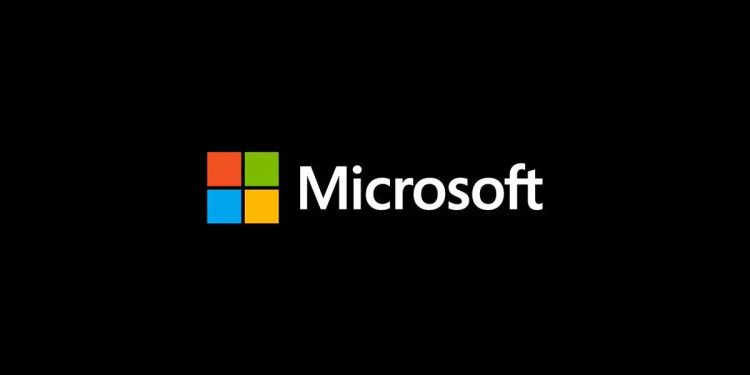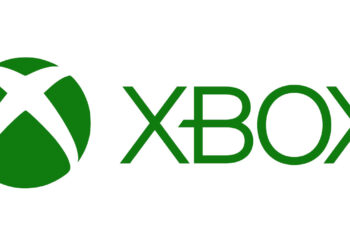Microsoft just revealed a fresh partnership with AMD that signals a shift in how Xbox hardware will be shaped. The announcement hints at a “portfolio” of devices beyond the traditional console, including PCs and handhelds, all promising backward compatibility with existing Xbox games. Why does this matter? It could change what owning an Xbox mean, and what it looks like.
Xbox President Sarah Bond appeared in a new video on Xbox’s official YouTube channel to explain the plans. The main highlight was a strategic multi-year collaboration with AMD to co-develop silicon for a variety of devices, including the living room console, handhelds, PCs, cloud services, and accessories.
Bond specifically mentioned the new Asus ROG Xbox Ally handhelds, which flashed on screen during the presentation. While these handhelds have been announced previously, this video clarifies they’re part of the broader Xbox ecosystem, not just a side project.
Microsoft’s partnership with AMD isn’t new; Xbox Series X and Series S both use AMD chips, but this latest collaboration hints at deeper integration across a broader range of hardware. Bond emphasized that the next generation of Xbox hardware will focus on “graphics innovation” while keeping backward compatibility front and center. That means your existing Xbox game library should work on these upcoming devices, though the details remain vague. How exactly this will be handled, whether through hardware or cloud streaming, remains unclear.
One interesting part of the video is the spotlight on cloud gaming, with a caption stating, “This is also an Xbox, by itself.” It suggests Xbox gaming might become less about owning specific hardware and more about accessing the platform anywhere, anytime. Could we move toward a future where the Xbox brand is more a service than a box under your TV?
Rumors have circulated that Microsoft might eventually stop manufacturing Xbox consoles directly and instead partner with third parties like Asus to create devices. The new partnership with AMD fits this narrative, possibly pointing toward Xbox hardware that looks and feels more like PCs, primarily as the Asus ROG Xbox Ally uses existing AMD PC silicon rather than custom AMD chips made with Microsoft.
What does this mean for Xbox fans? If Microsoft leans into third-party partnerships and AMD’s mainstream PC hardware, future Xbox devices might become more modular and varied. We might see custom chips based on upcoming AMD technologies like Zen 6 CPUs and their new UDNA graphics architecture — or maybe just PC components with Xbox-specific tweaks. Either way, it’s a bit of a wait-and-see situation; next-gen Xbox consoles probably won’t arrive before 2027.
So, will these new Xbox devices finally blur the line between PC and console? Will backward compatibility be as seamless as promised, or just a buzzword? It’s a lot to unpack, and I’m curious what you think. Are you excited or skeptical about Xbox becoming a multi-device ecosystem powered by AMD? Let me know in the comments below.
I am Angel, and until next time, see you around!


























